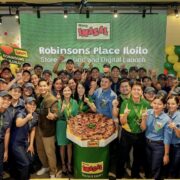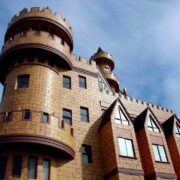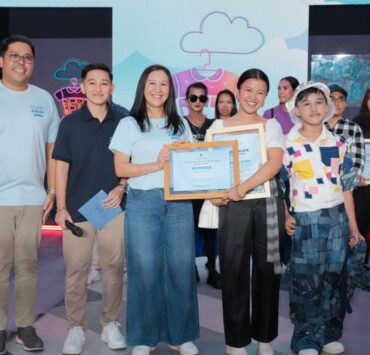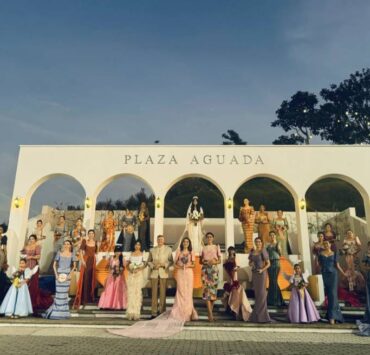How glass inspired a luminous fashion collection
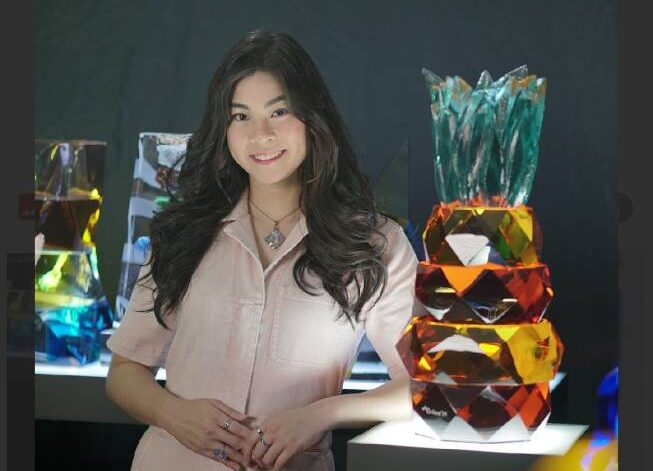
Anna Orlina remembers coming home from school to the sound of noisy machinery in her father’s workshop. She would go up to his place adjoining their residence and find him transforming glass cullets into lyrical shapes and forms.
It wasn’t unusual for Ramon Orlina’s daughter to walk into his creative space at different times of the day to watch him. There were mornings she would find him by his rotating table, sipping coffee while marking and drawing directly on the glass. “Watching him taught me a lot about the process and the precision required in sculpting glass. We were often warned not to wander too deep into the workshop as it could be dangerous, with sharp glass pieces on wet, slippery floors,” Anna recalled. Still, she was enthralled and wouldn’t keep away. “I was fascinated by the beauty that emerged from this chaotic environment.”
Seduction, osmosis, and talent honed through her parent’s guidance and support led to a career in art. “I explored other art forms,” she said. “Studying abroad, however, deepened my passion for glass as a medium.”
Artists develop symbiotic relationships with gallery owners. So it was with the Orlinas and Amy Loste, proprietor of Gallery Nine. The professional relationship, which began in 1999, was a friendship of three generations. Loste, founder and president of ManilArt, has been steering the annual visual art fair since 2009. It was established as a flagship project of the National Commission on Culture and the Arts’s (NCCA) National Committee on Art Galleries.
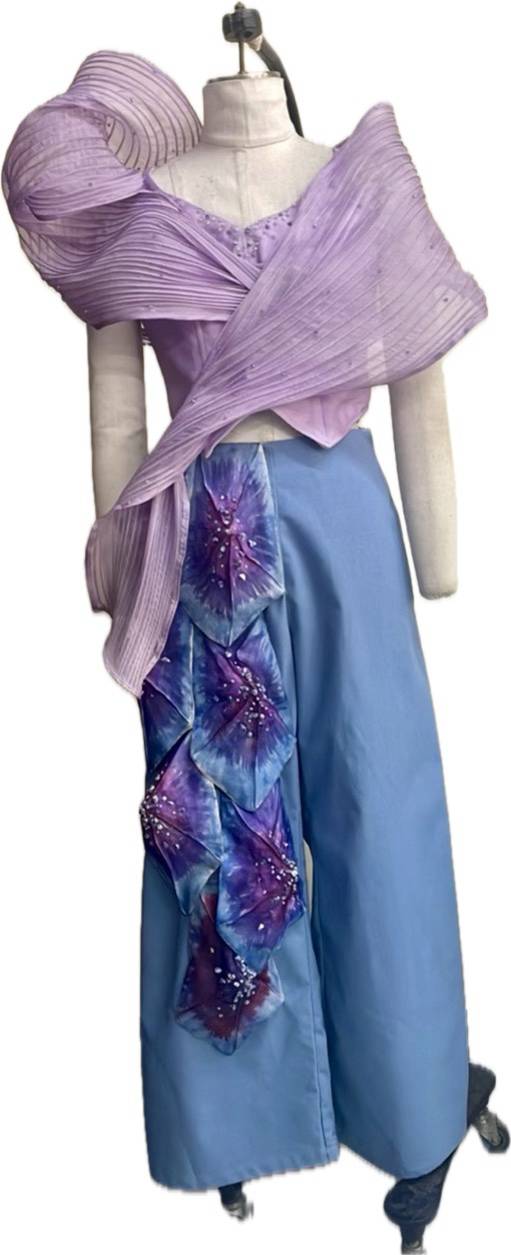
New fabric from old clothes
When ManilArt marked its 16th year, Loste felt like broadening the platform’s scope. They had been promoting Filipino visual artists all over the country, cooperating with regional fairs that encouraged artistic works in situ, in communities as well as the world stage. Serendipitously, she reconnected with Anna Lagon, the moving force behind Bayo, together with her husband, Leo.
“With grit and idealism, she and Leo established a 100 percent local manufacturing facility for their RTW in Taytay,” Loste recounts. “Other competing local labels were outsourcing production in China.” The Lagons’ partners were increasingly impressed by this advocacy to support Filipino workers, particularly when they began making personal protective equipment available at cost during the pandemic. Opportunities for collaboration opened up, among them with the Department of Science and Technology, which shared technology for upcycling used clothes and old fabrics into threads that were rewoven into new material. The Lagons taught the skills to communities as a livelihood project that would spark the beginning of the Bayo Foundation.
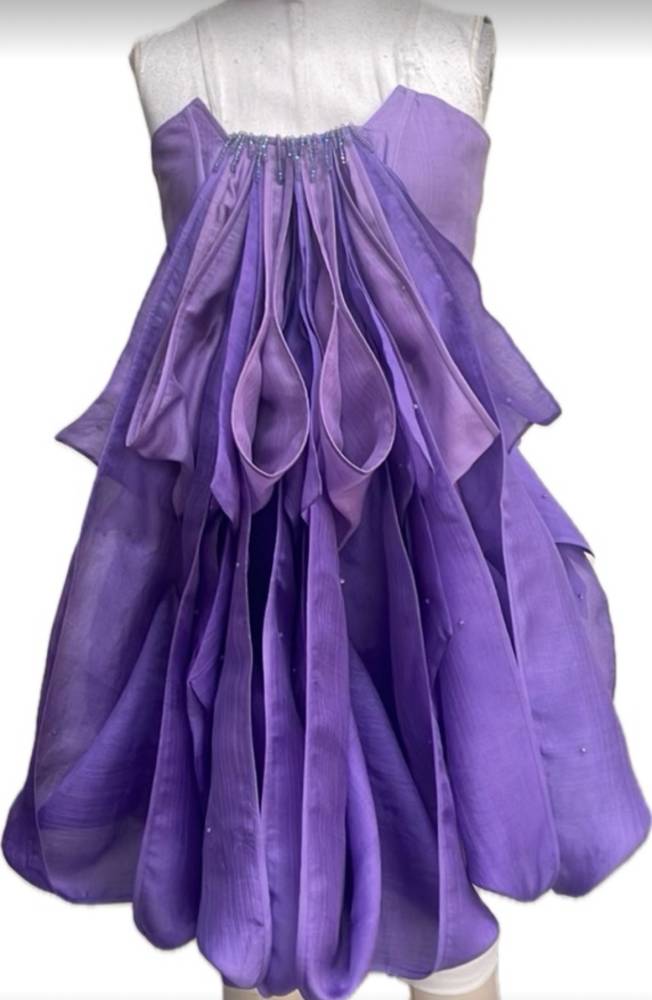
Loste and the Lagons organically conceived Lamina, a curated lifestyle fair. It was “a spontaneous project of old friends while sharing excitement over our respective passions and advocacies,” Loste said.
“It included reframing of the concept of beauty and luxury defined by purpose, process, and participation. Visual arts would be the springboard for inspiration, while fashion elevated beyond design by sustainable and circular technology, utilizing local fibers, organic dyes, and enhanced by upcycled materials.”
The visual discourse translated into cross-collaborations. Painters rendered haute couture on canvas, while designers printed illustrations on fabric to coin Art Couture. Iconic designer Patis Tesoro worked with French textile artist Francis Dravigny to create material using heritage techniques. The fabric was used to make couture, which artist Bullet Demetra captured on canvas.
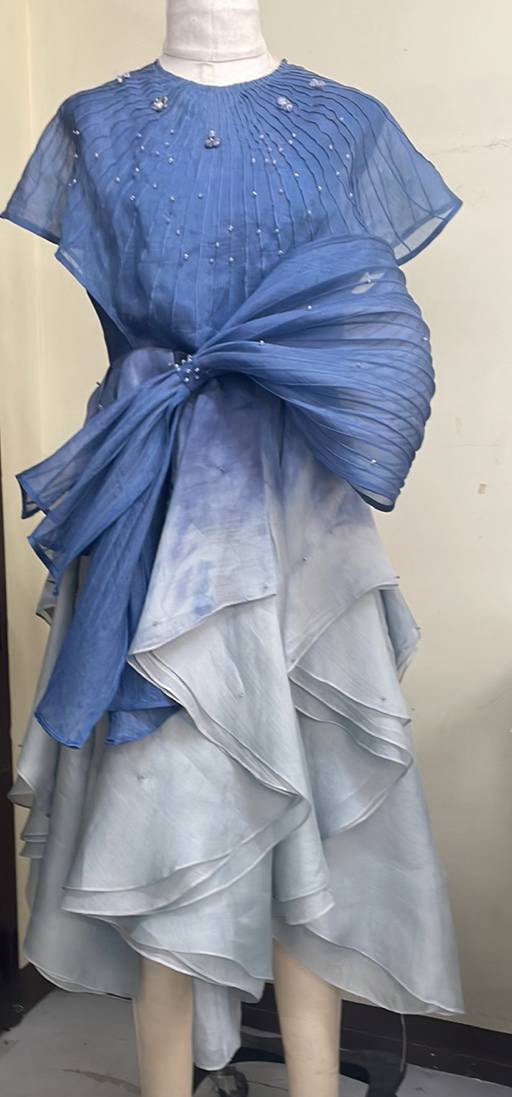
Different experience
Anna Orlina’s sculpture became the inspiration for Anna Lagon’s runway collection, a collaboration Loste conceived. “Designing clothes inspired by glass was a completely different experience from my past collection,” Lagon said.
“I draw from everyday stories and create pieces rooted in comfort and function. This time, the experience came from the elegance and brilliance of glass. It encouraged me to explore couture in a way that felt more sculptural and refined. The challenge was to translate something as delicate and luminous as glass into fabric and form. It shaped not just the silhouettes and materials but also how our team approached every detail, from hand dyeing the colors to crafting every piece with the same care and precision found in a work of art.”
The two Annas expressed mutual regard for the other’s artistry. “Meeting Anna for the first time brought a deeper appreciation for her work and a clearer understanding of her creative language,” Lagon shared. “The femininity in her sculptures carried a strong narrative of empowerment.”
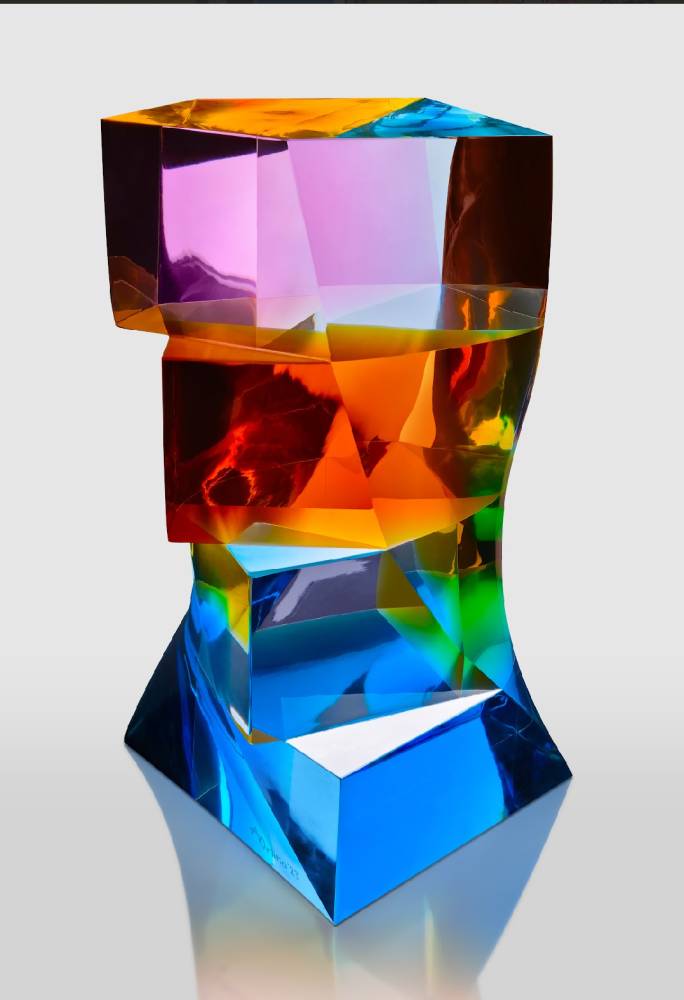
Orlina expressed gratitude for the chance to work with Lagon. “Fashion is a powerful form of artistry,” she said. “I enjoy fashion as a medium of self-expression, much like my work with glass. Clothing, like sculpture, can convey identity, mood, vision through colors, textures, or shapes.”
Lagon underlines the values of Lamina. “This project gave us the chance to redefine what luxury means for us. It’s not about excess but about purpose. It is knowing how pieces are made, who creates them, and the values behind them. We see luxury as something tasteful, elevated, and innovative. It is also inclusive and rooted in respect. It’s about honoring artisanship, embracing sustainability, and creating a mindset that leaves no one behind.”
Lamina opens with an invitational gala on May 2 at City of Dreams Manila. The general public can avail themselves of entrance tickets on May 3 and May 4 at the site.


